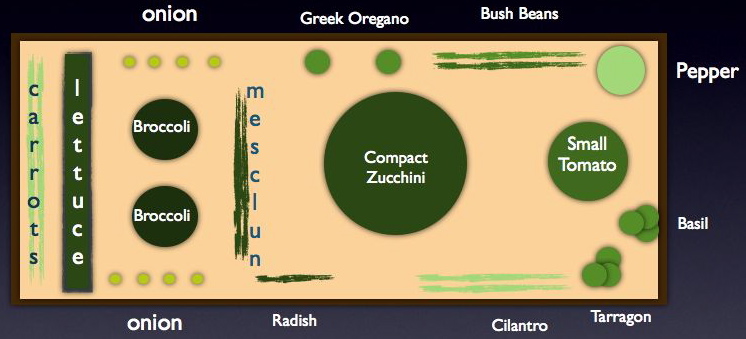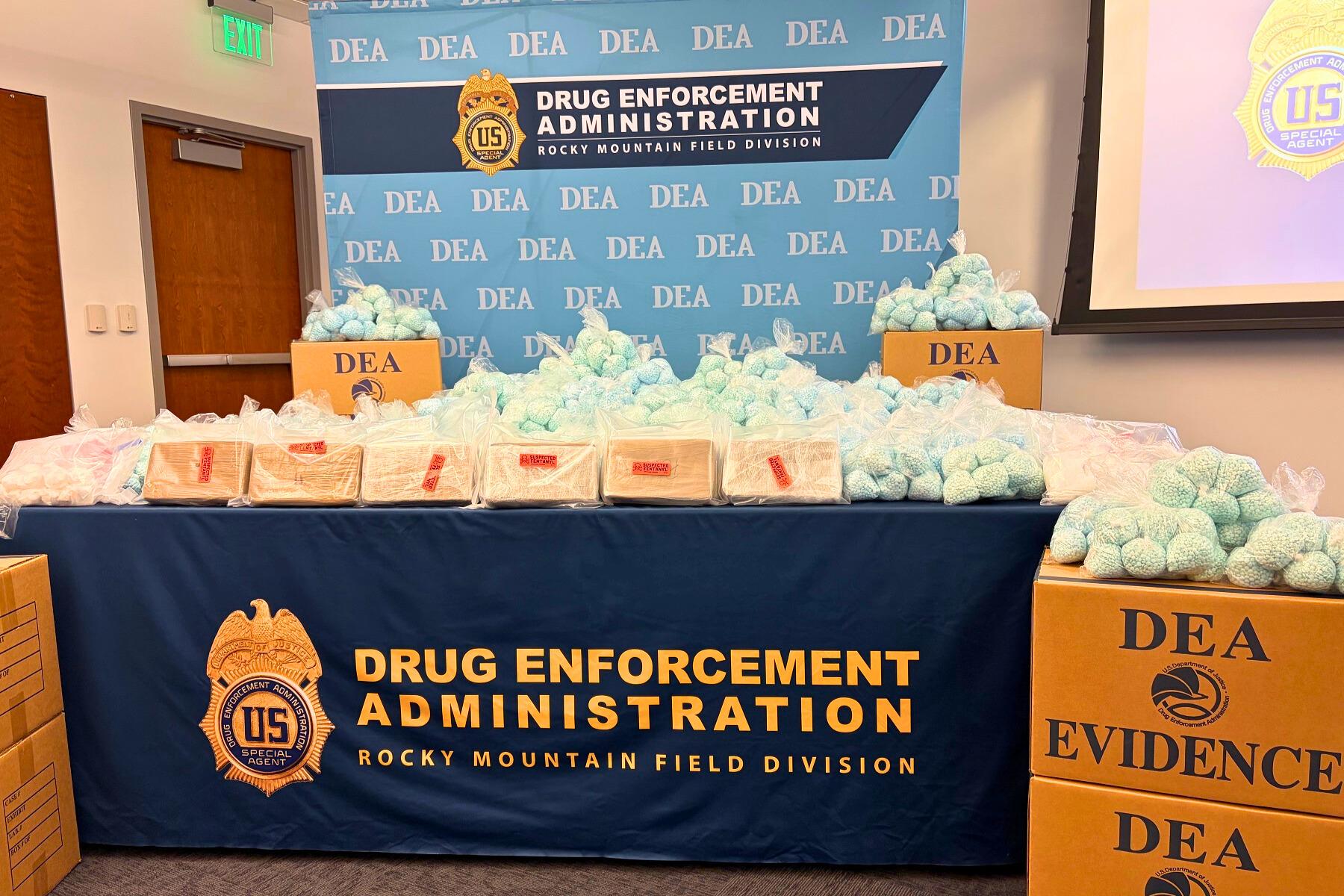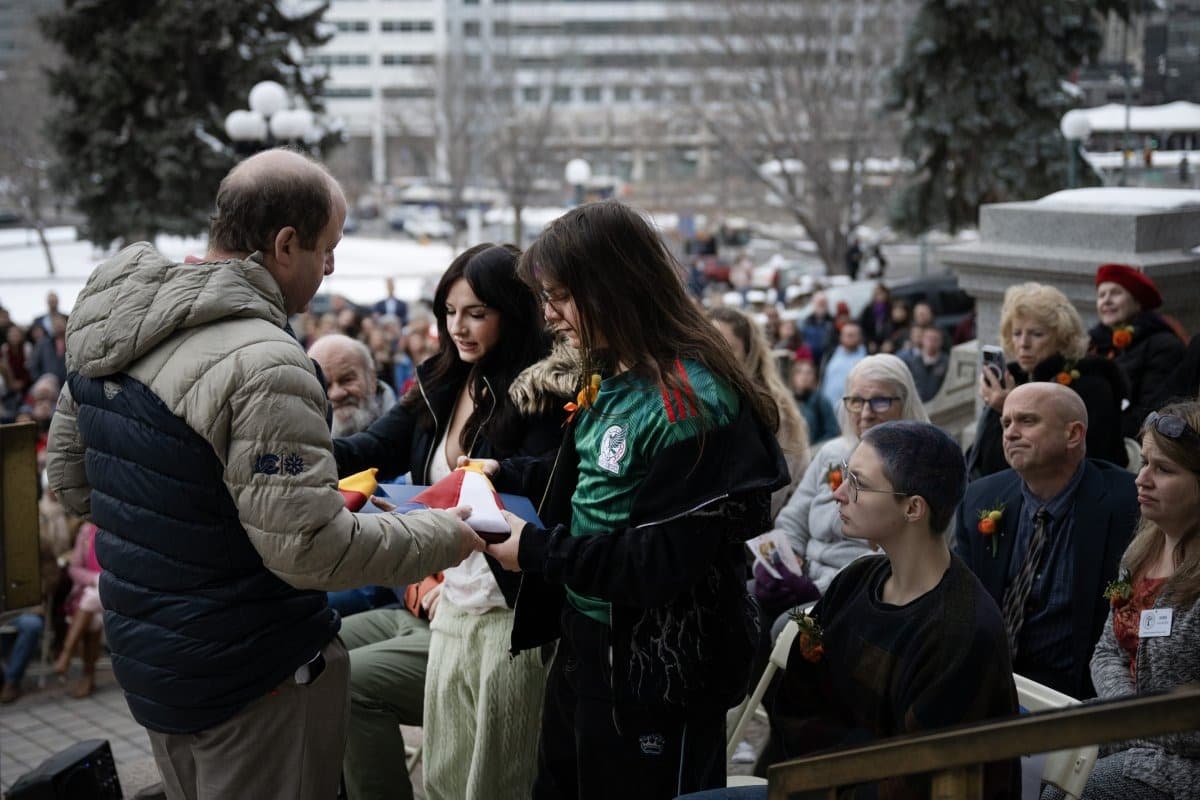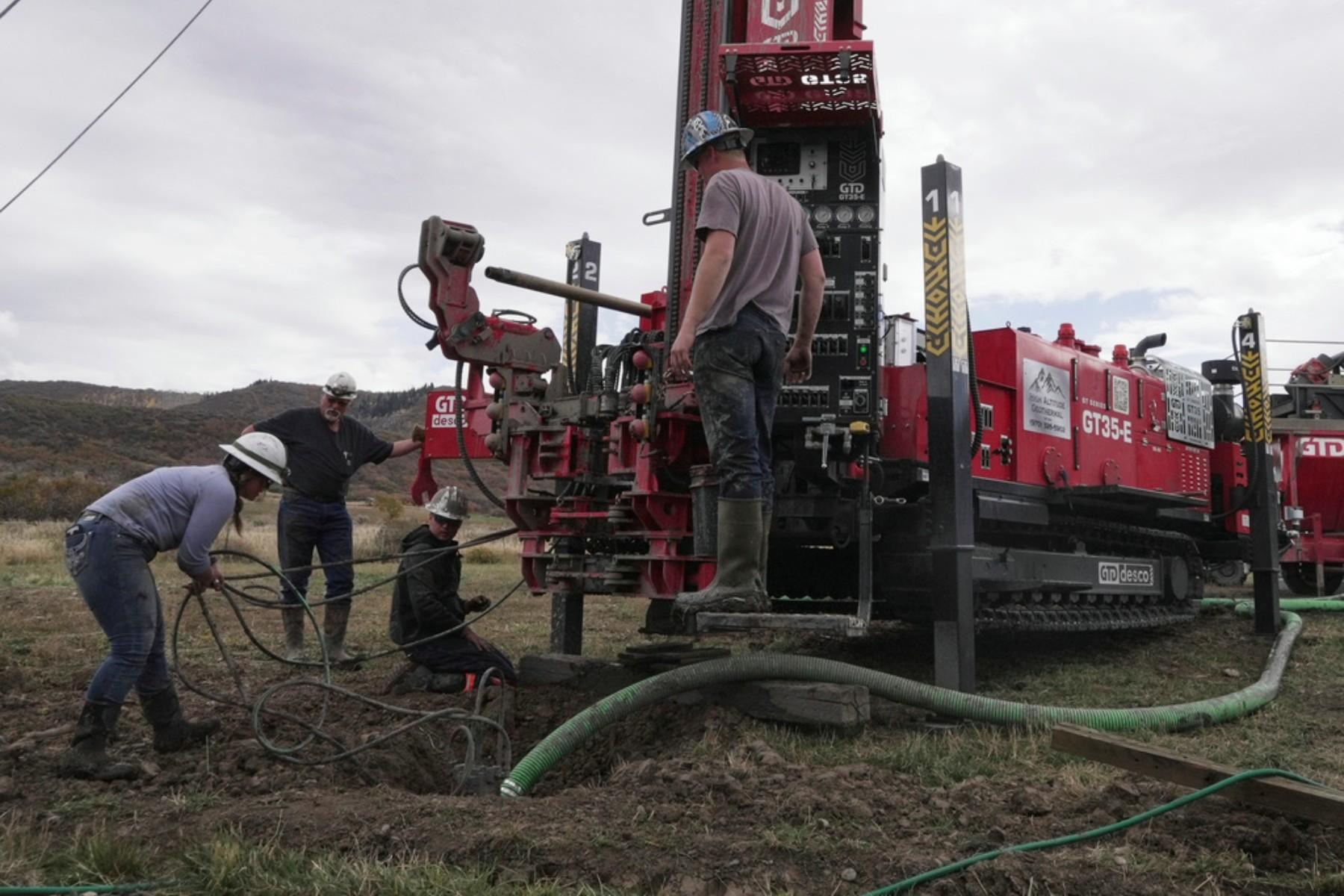
Given the unseasonably warm March and April, gardeners around the Front Range have been asking whether it's time to put seeds and starters in the ground.
While it may freeze again, Larry Stebbins, who runs and teaches gardening at the Pikes Peak Urban Gardens, says it is safe to get started, especially with season-extending covers on the garden, and with what he calls "leaves and roots" -- lettuce, kale, as well as rhubarb and asparagus.
Stebbins shared tips of the trade and lessons from his book, "The Backyard Vegetable Gardening Guide: A Monthly Primer For Gardeners In Colorado" with Colorado Matters host Ryan Warner. And here's a piece of advice from a previous appearance by Stebbins: Don't overcrowd your garden bed.

Your Gardening Questions, Answered
What to plant now:
"We tell people, leaves, roots and bulbs. Those are the things that you can get in the ground right now. So, leaf things, things like spinach, we’ve planted spinach already and it’s starting to come up. We planted kale and it’s starting to come up. So, any of the leafy things that you would probably end up putting in a salad, those can go in right now. And we urge people to — here’s another little tip, Ryan, which we think helps get these seeds off to a good start. Many times, it gets really warm during the day and then cool at night."
How to protect your plants from summer hail storms:
"It’s called anti-hail netting, and you can do a Google search on that and you’ll see anti-hail netting, and it’s really kind of a polymer-based — it’s like a fabric, like a synthetic fabric, but it’s a netting."
"I live in Colorado Springs, and we got beat up last year with hail, and I had $20,000 damage to my house and zero damage to my garden. My wife says we need to put a hail cloth over our home. It works so well, and it’s inexpensive, and that’s the best part. And you can use it year after year. And we just build hoop tunnels. You get that PVC pipe—that white half-inch PVC pipe, pull it over your garden, push it into the soil and you’ve got little hoops over your garden. And just drape this over it. And we put horizontal pieces on, if you could imagine three, one on each side and one on the top to stabilize it, and that’ll keep it nice and firm."
Jen Ketcham asked on Facebook about grass alternatives for her lawn. What can she do?
"There are a lot of substitutes for just regular bluegrass yard. The thing is if your soil is well prepared underneath your sod, whatever type you have, you’re going to require less watering, no matter what. And even if you put in native grasses, if the soil isn’t well prepared, it is still going to demand water to keep it around. And here’s one thing, once you try to get a native grass established, it’s going to take quite a bit of water to do that. Once it gets going, then it uses quite a bit less, but don’t think you can just put it in and kind of forget about it. You’ve got to prepare the soil and talk to your local nurseryman, and get good amendments — things to make the soil have nice, good drainage — and then you can go ahead and reseed it."
How to take care of garden pests:
"What we want to do is keep your garden healthy, because sick plants or stressed plants attract bugs that eat them, because they give off—the volatile oils, the scents, all that thing, it stresses them. And bugs pick it up and they say, “Hey, here’s a plant that’s calling me in to eat it.” So what you want to do is good, healthy soil. You feed your soil, and the soil will feed your plants. So, if that makes any sense to people, the thing is you want good, crumbly soil, they call good tilth. In other words, you can put your hands down it six, eight inches, and it just crumbles. So you have to work on it, and homemade compost is a good addition."
Caron Trout asked on Facebook about bamboo. Can you grow bamboo in Colorado?
"It will grow here, and I know that because at the Cheyenne Mountain Zoo down here in Colorado Springs, they have bamboo growing around the whole zoo area there, and of course, they have to contain it. And as anyone who has done any research on bamboo, it’s a very invasive plant. It will spread and it grows quickly. It’s one of the fastest-growing plants on the planet.
"So once it gets established, it does pretty well. So find a good spot that is protected, which means it’s protected from harsh winds. Maybe an area that gets good sun but also doesn’t get beaten up by the wind — a little sequestered area within a, hiding behind some buildings or around corners but gets sun — and they should do okay. But go to your local nurseries and they will recommend the type of bamboo that might survive these winters."
There are even more gardening tips and answers from Larry Stebbins, just click on the audio above to hear the full conversation. Happy gardening!









